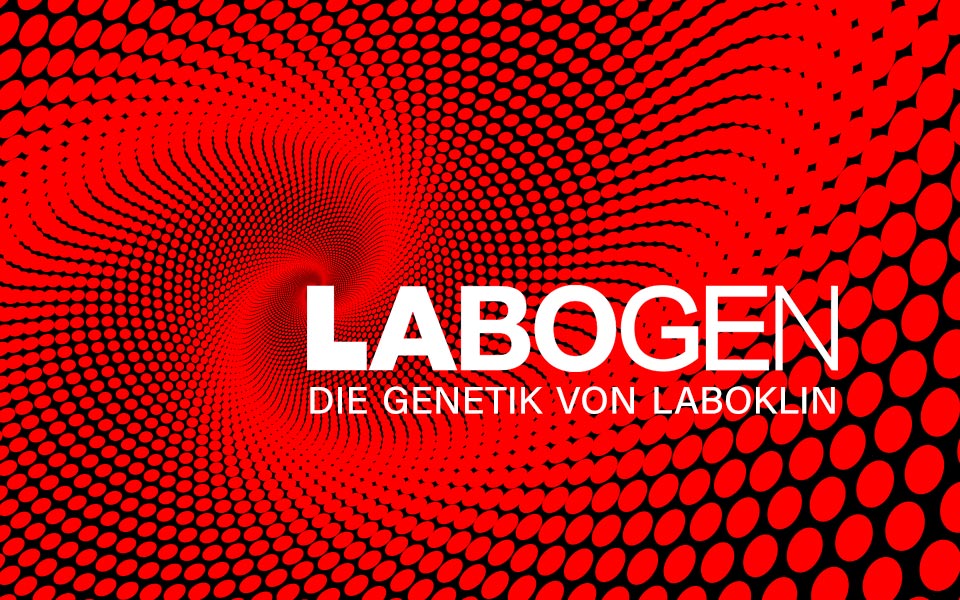C-Lokus (albino: caL, OCA2)
C-locus (albino: caL and OCA2)
General description
Several breed-specific mutations in the SLC45A2 gene have been found to cause albinism in dogs. The allele caL causes albinism in the breeds French Bulldog, Lhasa Apso, Pekingese and Pomeranian. In the breed German Spitz, affected puppies of the OCA2 variant show a light brown coat colour, lightly pigmented lips and nose and blue eyes instead of the expected black coat colour.
Breeds
French Bulldog, German Spitz, Giant Spitz, Lhasa Apso, Pekingese, Pomeranian
Order details
| Test number | 8644 |
| Sample material | 0.5 ml EDTA blood, 2x cheek swab, 1x special swab (eNAT) |
| Test duration | 3-14 working days |
Test specifications
| Inheritance | Allelic series: C dominant via cOCA2 and caL |
| Gene | SLC45A2 |
| Mutation | G-A |
| Literature | OMIA:001821-9615 |
Detailed description
The term albinism describes a group of disorders of the melanin synthesis. Two types of albinism are known: the oculocutaneous albinism (OCA), where eyes and skin are affected, and the ocular albinism (OA), where only the eyes are affected. Depending on the function and the type of the mutation, the synthesis of the pigments eumelanin and phaeomelanin is blocked completely or partially. If the synthesis of the pigments is blocked completely, the dog appears white with pink skin, nose leather, paw pads, lips and either pink or red irises. Several breed-specific mutations in the SLC45A2 gene have been found to cause albinism in dogs. The gene product of SLC45A2 is a membrane-associated transporter protein (MATP) and is involved in the pigmentation pathway. Therefore, mutations in SLC45A2 are associated with a reduction of the melanin synthesis. One of the known mutations is located in exon 7 of the SLC45A2 gene and causes albinism in the breeds French Bulldog, Lhasa Apso, Pekingese and Pomeranian. The allel is also known as caL and is inherited in an autosomal recessive manner. Although the mutation is expected to cause albinism in several small, long haired breeds, it does not explain albinism in all small dogs, since an albino pug has been found to be homozygous for the wildtype allel. Another mutation causing albinism in a German Spitz family is located in the splice site of the first intron of the OCA2 gene (oculocutaneous albinism type 2). Since OCA2 plays an important role in melanosome biogenesis and eumelanin synthesis, the symptoms of this mutation are a hypopigmentation in skin, hair and eyes. In the examined German Spitz family, the affected puppies showed a light brown coat colour, lightly pigmented lips and nose and blue eyes instead of the expected black coat colour. The light brown coat colour darkened with age and the blue eyes turned into green, possibly due to an accumulation of pigment. The mutation seems to mainly block the eumelanin synthesis with a less pronounced effect on the phaeomelanin synthesis. The affected puppies exhibited translucent irises and squint in bright light (photophobia).


